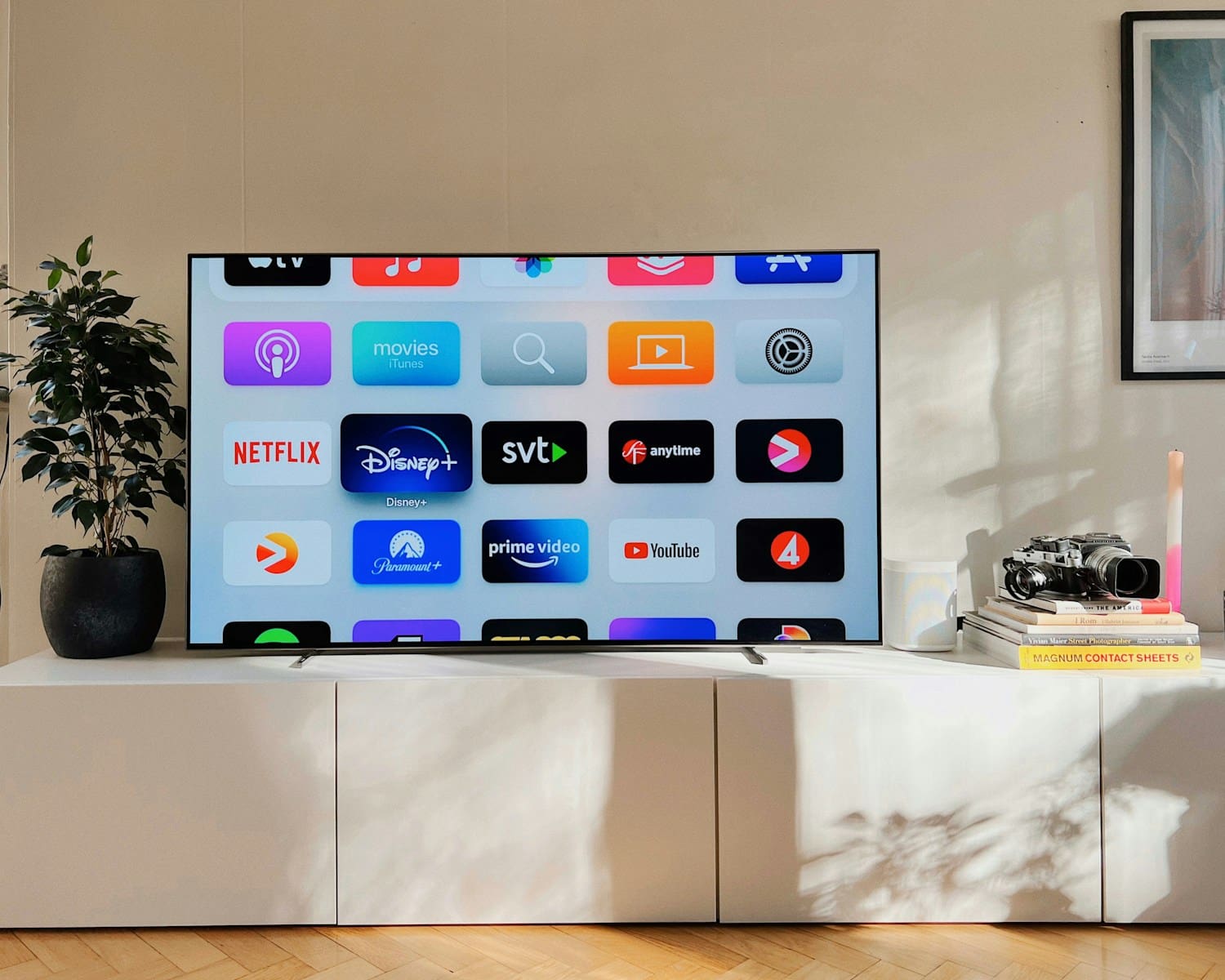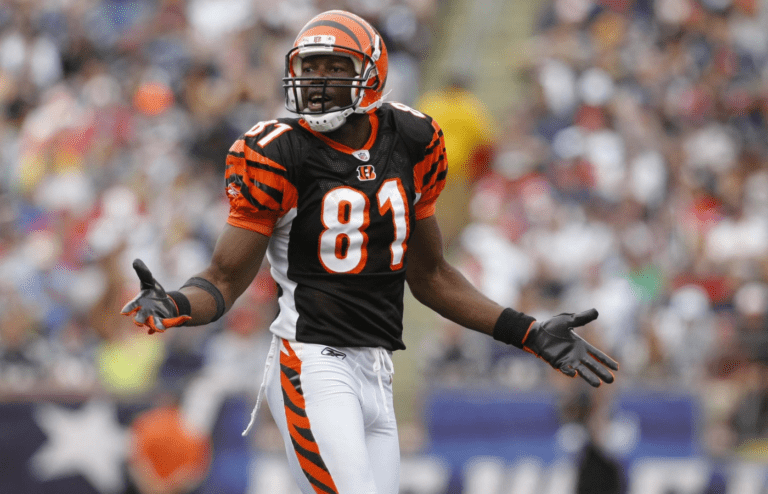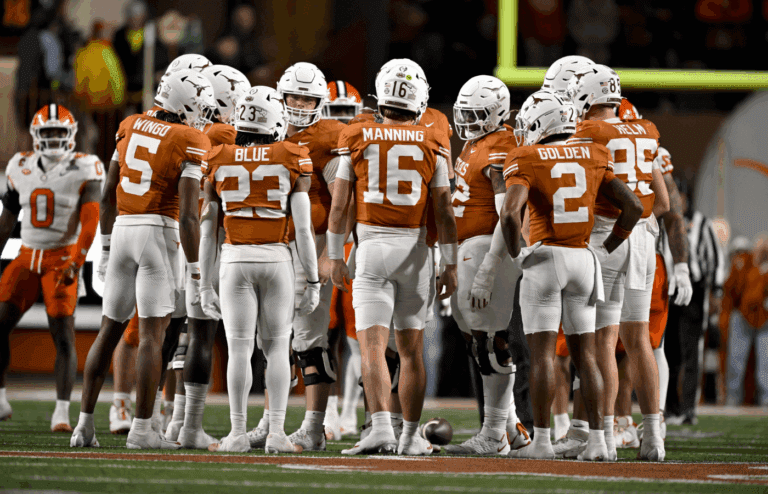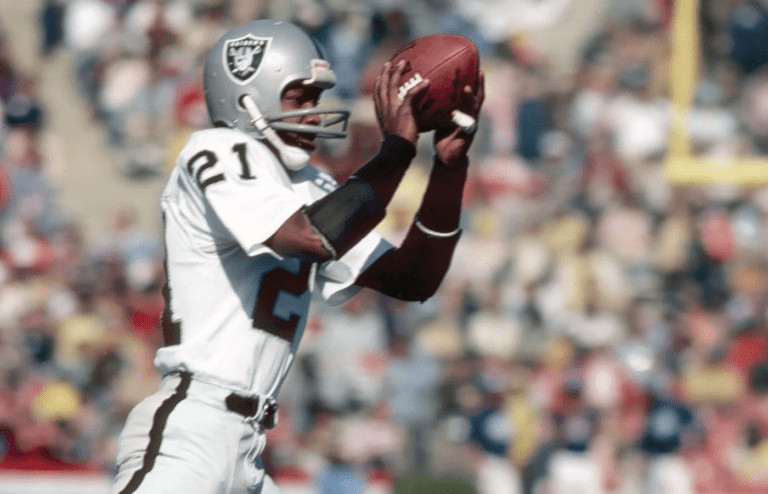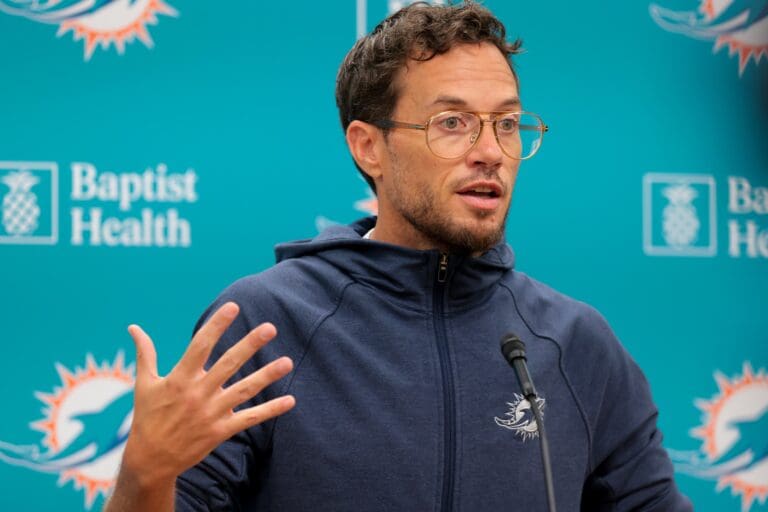Back in the day—you know, as recently as a decade ago—watching TV usually meant flipping channels and finding a show that you wanted to watch. These days, that form of watching TV is basically extinct. When you want to watch something, you pull it up on a streaming service. Here’s how streaming has changed the medium.
On Demand
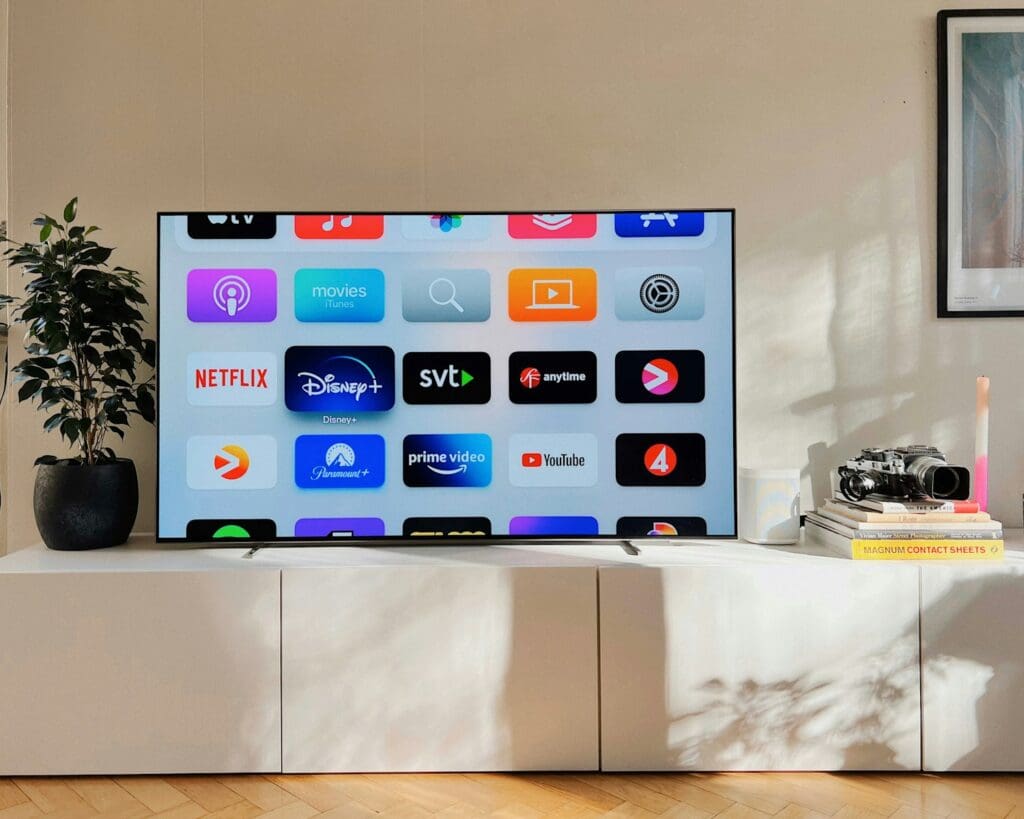
The biggest and perhaps most obvious change here is that you now just get to watch whatever you want, whenever you want. You don’t need to schedule your watching habits around a show’s airtimes or try to move your plans to catch your favorite show on the air. Just hit “play” on it when you’re ready to watch it.
All At Once

This also means that you tend to experience one show at a time. Since a show usually autoplays into the next episode, you’re encouraged to “binge watch” it, taking down an entire season in one weekend. That’s not to say we’re watching more TV, we’re just watching one show at a time now instead of a network’s entire programming schedule.
Curated… Limited?
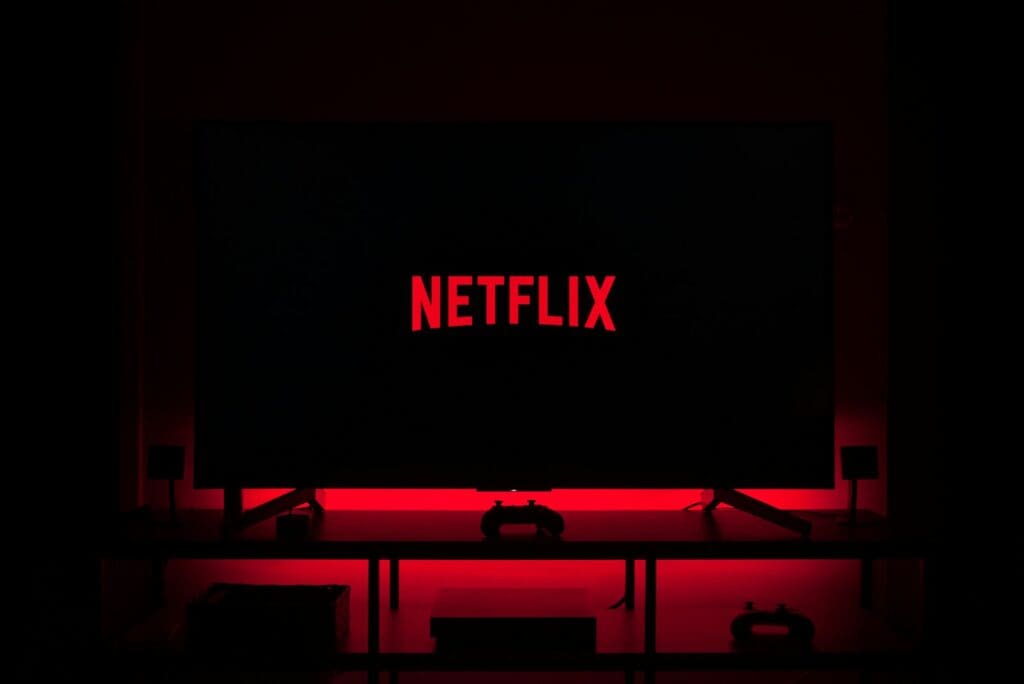
So, you get to pick your own shows and you’ll watch them by season instead of by episode. Some people would call this an improvement, and in many ways, it is! It also, however, means that you have fewer ways to be exposed to new shows. You won’t just flip channels and catch an interesting series in progress.
The First Episode Really Matters
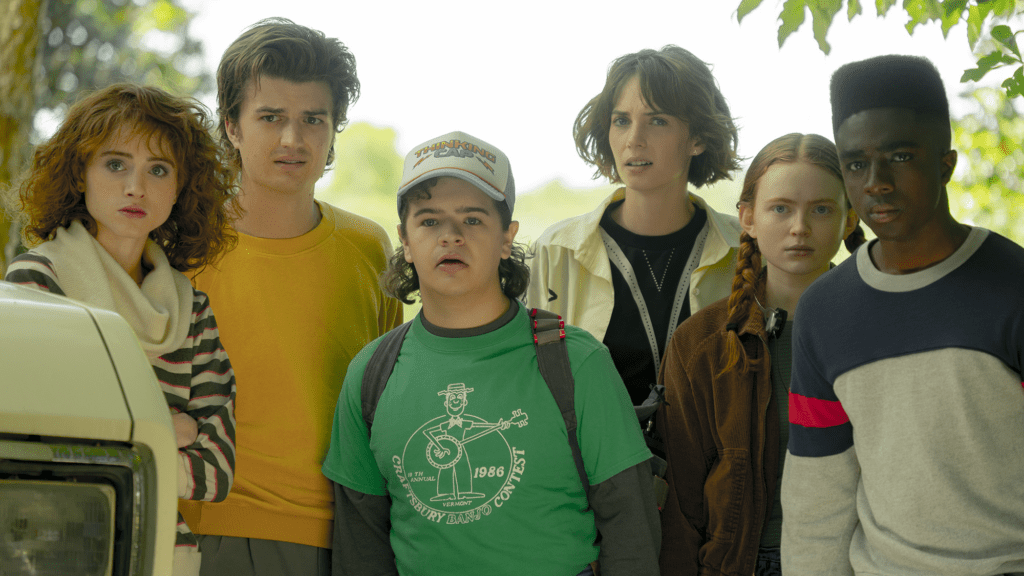
This, by extension, means that new shows have to hook viewers on the first episode. Since people used to be able to stumble into shows-in-progress on cable, this wasn’t as big of a deal back in the day. These days, though, everyone gets introduced to a show on its pilot, which needs to grab them and get them wanting to watch more to compete with every other show on streaming.
Episodic Storytelling

Shows like Quantum Leap and Star Trek used to make the most of their TV format by offering new adventures every week, with minimal continuity between episodes. If you knew the basic premise (which would be laid out in the opening segment), you could pick up any episode of the series and be fine. However, these days, shows don’t need to be structured that way, so they usually aren’t.
Serialized Storytelling
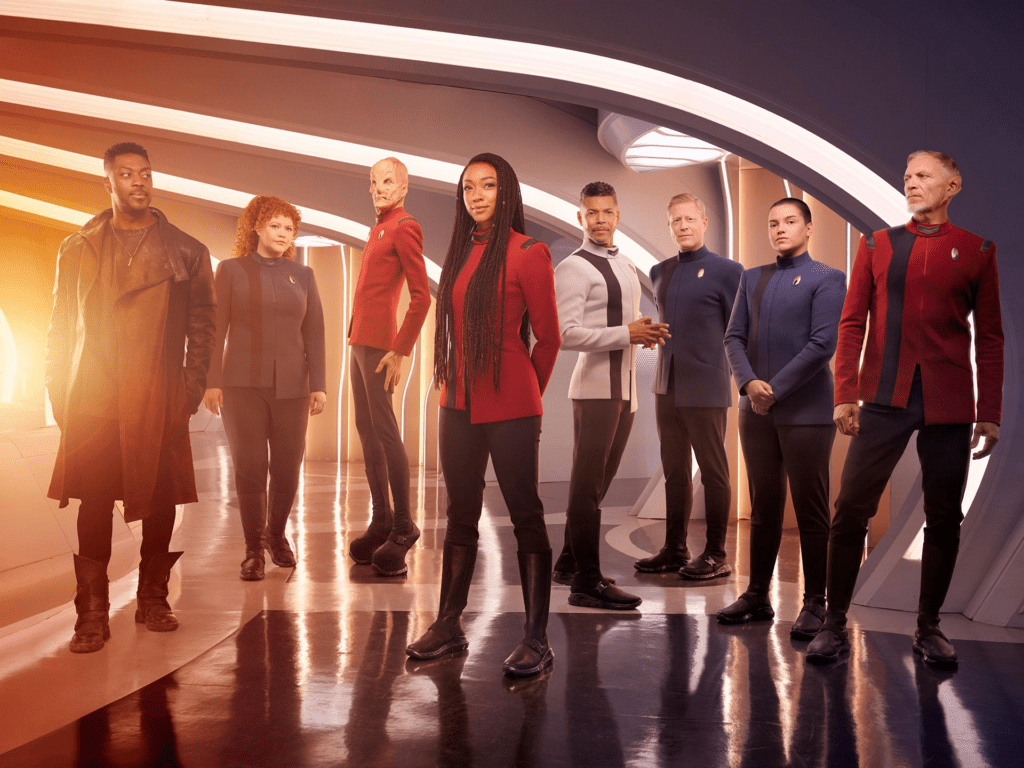
For clear examples of this, check out the modern reboots of Quantum Leap and Star Trek. The streaming-era iterations of these shows are deeply serialized, with plot points that carry from episode to episode. This makes the whole show feel like one long movie, as you need to watch it in order or risk being completely lost.
Time Commitment
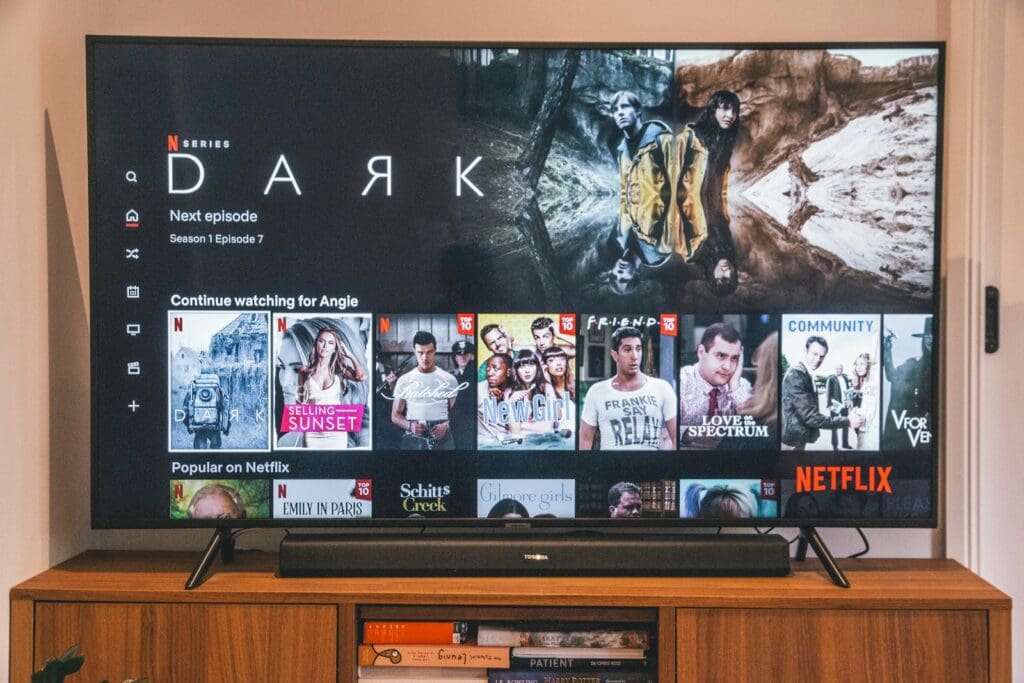
This means picking up any new show is a big time commitment. You won’t be able to drift in and out of it, you’ll have to pay attention so you can follow the overarching narrative. This has somewhat eroded the space that movies once filled and created an interesting media landscape.
Cutting into the Box Office
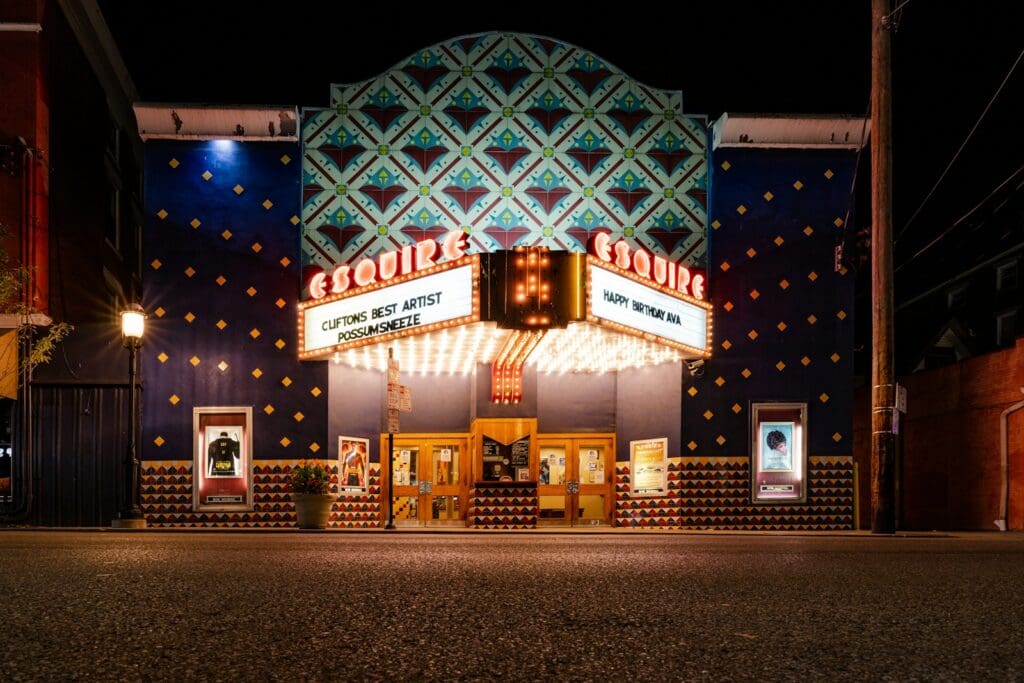
Movies spent decades being the big-budget space for gripping storylines, stunning visuals, and iconic movie stars. Streaming has cut into this role with shows like Game of Thrones and Stranger Things featuring absurd budgets, A-list actors, and visuals on par with anything on the silver screen.
Read More: The Highest Paid Actors in TV History
Where Does That Leave Movies?

So, with much of their space eaten up by streaming shows, movies are left in an awkward spot. There’s the Marvel route, which sees blockbuster films strung together into a “shared universe,” basically making the whole franchise a gigantic TV show. There’s also the indie movie route, using the focus and scope of a film production to create a somewhat budget-friendly version of the storyline a writer wants to tell.
Read More: 10 Hidden Features You Didn’t Know Netflix Had
The Future
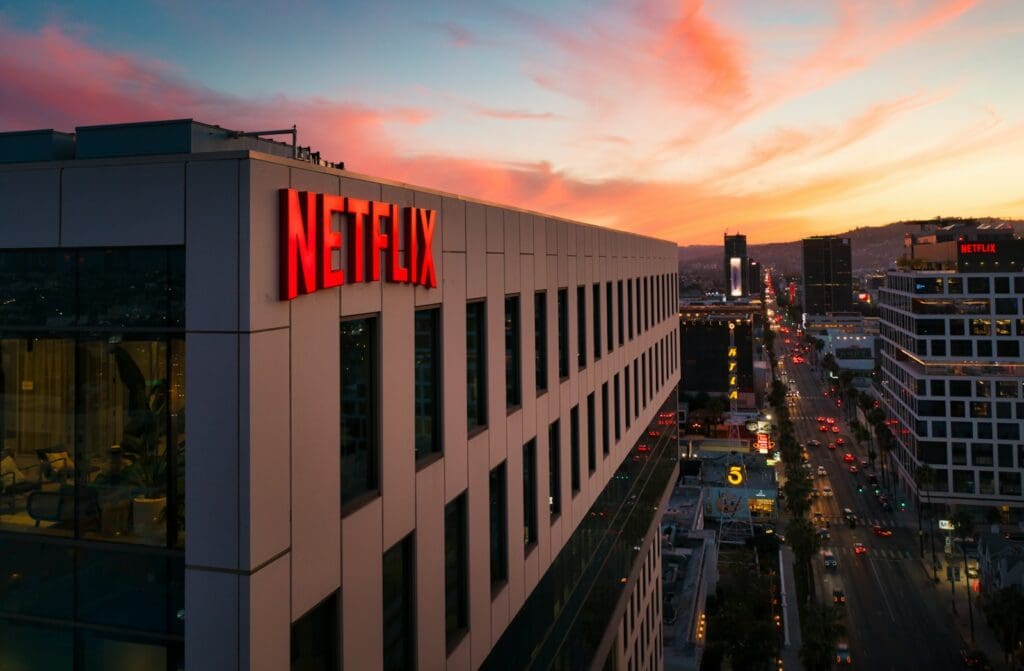
Streaming has revolutionized the way people watch TV. What this will mean for the medium going forward is that serialized storytelling and polished shows are going to be the norm for the foreseeable future. Will this new paradigm last forever? Of course not, nothing does! There’s just no way to tell what comes next.
Read More: 15 Streaming Services Ranked Worst to Best

